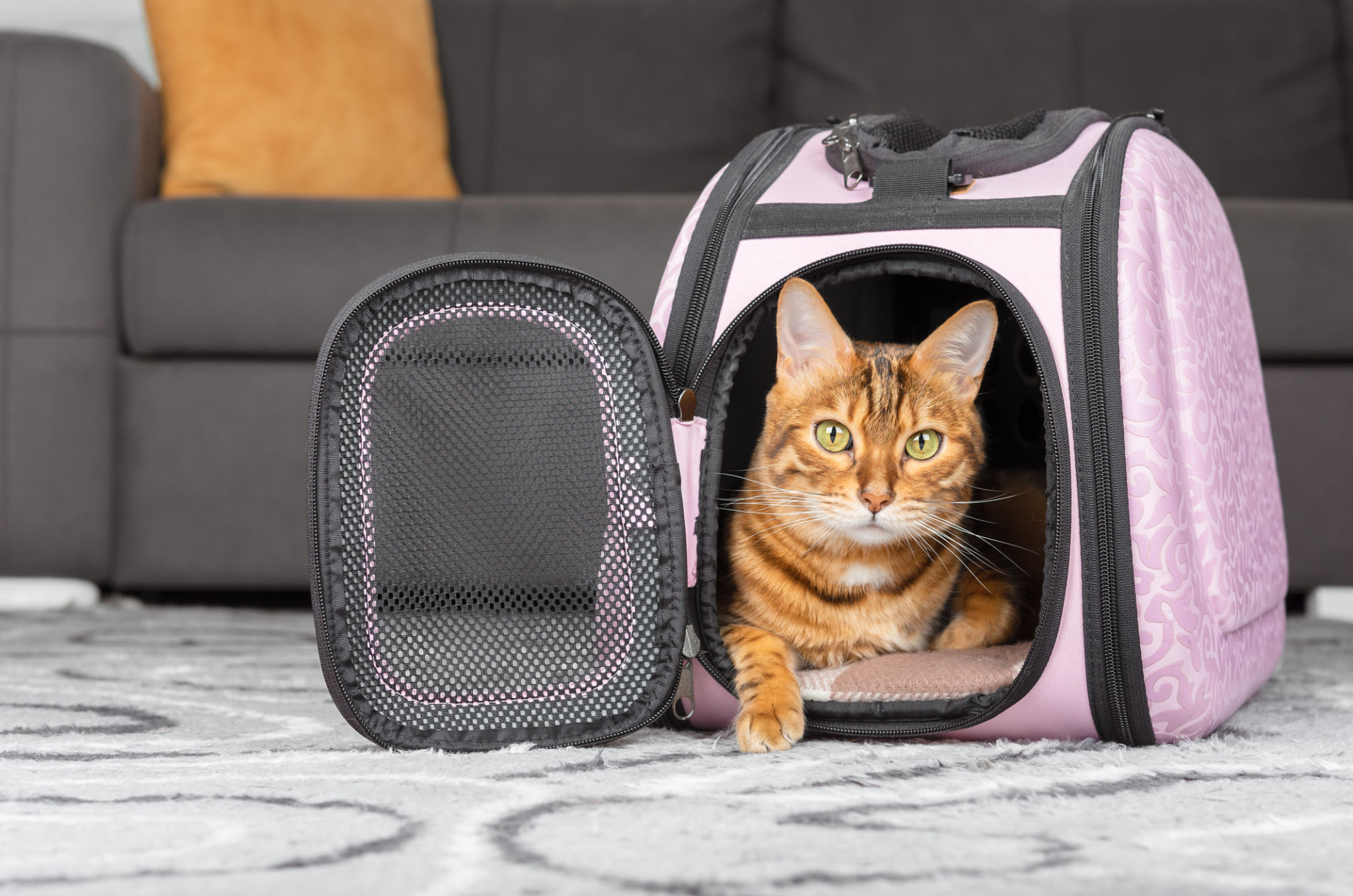Top Tips for Safely Transporting Cats Internationally
Preparation Before the Journey
Transporting your cat internationally requires meticulous planning and preparation. Start by researching the entry requirements of your destination country, as each location may have specific regulations regarding pet travel. Ensure your cat's vaccinations are up to date and obtain any necessary health certificates. It's also wise to consult with your veterinarian to ensure your cat is fit for travel.
Invest in a sturdy and comfortable carrier that meets airline requirements. The carrier should be large enough for your cat to stand, turn, and lie down comfortably, yet small enough to fit under an airplane seat if required. Familiarize your cat with the carrier well ahead of time to reduce anxiety during the journey.

Documentation and Legal Requirements
When transporting cats internationally, having the correct documentation is crucial. This usually includes a pet passport, vaccination records, and microchip details. Depending on the country, you may need to provide proof of a rabies vaccination administered at least 21 days before departure. Some countries also require a blood titer test.
Ensure all documents are accurate and up to date. It's helpful to keep both digital and physical copies of all paperwork. Double-check with the airline and destination country's embassy for any additional documentation requirements or changes in regulations.
Choosing the Right Airline
Selecting an airline that is experienced in handling pets can make a significant difference in your cat's travel experience. Research airlines to find those that allow pets in the cabin rather than the cargo hold whenever possible. This ensures that you can keep a close eye on your feline companion throughout the journey.
Contact the airline directly to confirm their pet policies, including any fees involved and specific rules regarding carriers or travel accessories. Booking a direct flight minimizes the stress of long layovers or transfers for your cat.

Preparing Your Cat for Travel
Helping your cat acclimate to their travel carrier is essential for reducing stress. Gradually introduce them to the carrier by placing toys or treats inside. Allow your cat to explore it at their own pace, eventually closing the door for short periods while they are inside.
Before travel, engage your cat in interactive play sessions to expend excess energy. This can help them settle down during the flight. Avoid feeding your cat right before departure to prevent motion sickness; instead, offer a light meal several hours before traveling.
On the Day of Travel
On the day of travel, ensure you have all necessary documents and supplies packed and easily accessible. Essentials include food, water, collapsible bowls, waste bags, and any medications your cat might need.
Arrive at the airport early to allow ample time for check-in and security procedures. Maintain a calm demeanor, as cats can pick up on your stress levels. Speak soothingly to your feline friend and avoid unnecessary handling once they are settled in their carrier.

During the Flight
During the flight, check on your cat periodically to ensure they are comfortable. Some cats may benefit from a pheromone spray inside the carrier to help calm them during transit. If allowed, offer small sips of water throughout the flight to keep them hydrated.
Avoid opening the carrier during travel unless absolutely necessary. This minimizes the risk of escape and helps maintain a consistent environment for your pet. Trust that your cat will adjust better if left undisturbed in their secure space.
Upon Arrival
Once you arrive at your destination, take your time retrieving your luggage and clearing any customs checks before attending to your cat. Find a quiet spot where you can open the carrier and allow them to stretch and relieve themselves if needed.
Introduce your cat slowly to their new environment, offering familiar items like toys or blankets that carry their scent. This can help them feel more at home in an unfamiliar setting.

Settling Into Your New Home
After arriving at your new home, give your cat time and space to adjust. Set up a safe room with their essentials like food, water, litter box, and bedding. Gradually introduce them to other areas of the home once they seem comfortable.
Your presence can be reassuring, so spend time with them, offering gentle reassurance through petting or play. Monitor their eating and drinking habits closely during this transition period, and consult a veterinarian if any health concerns arise.